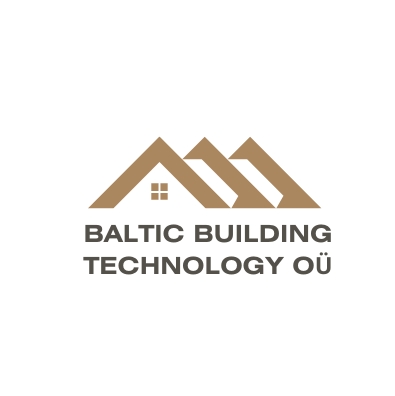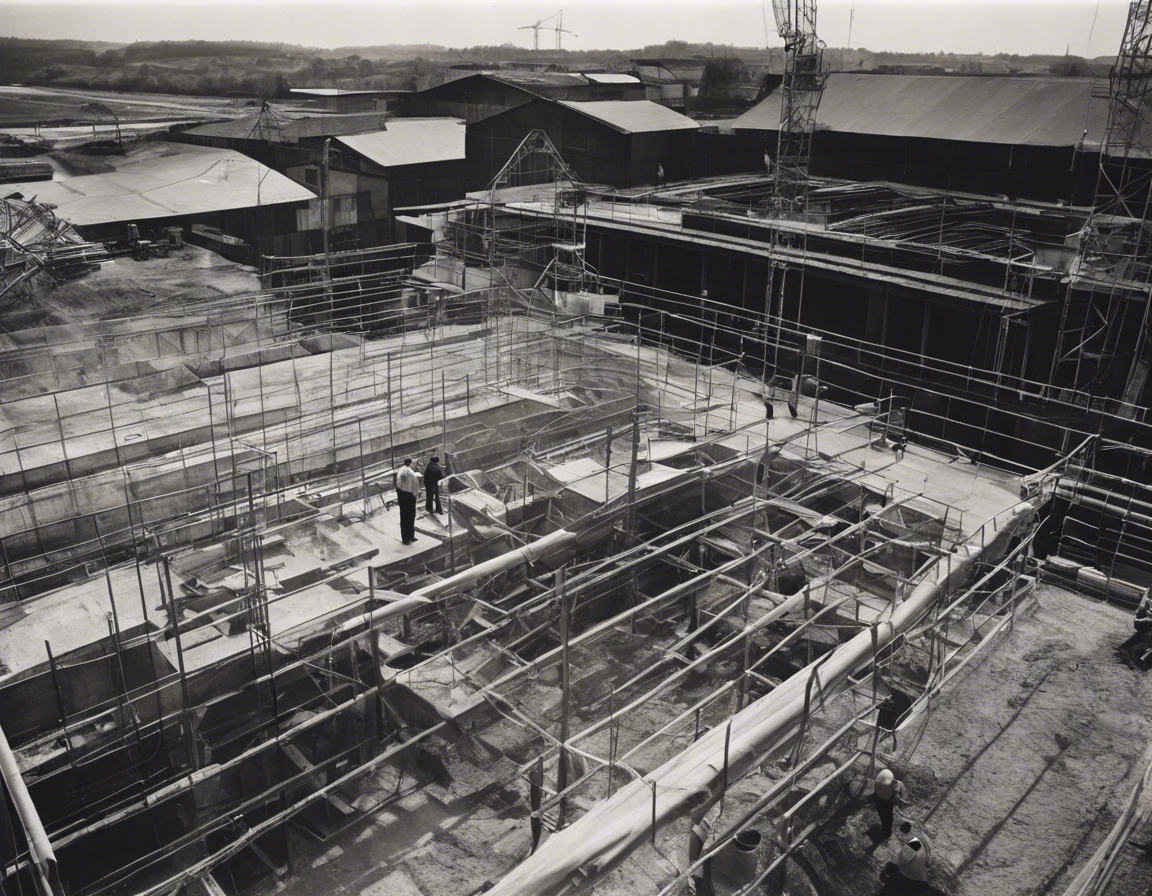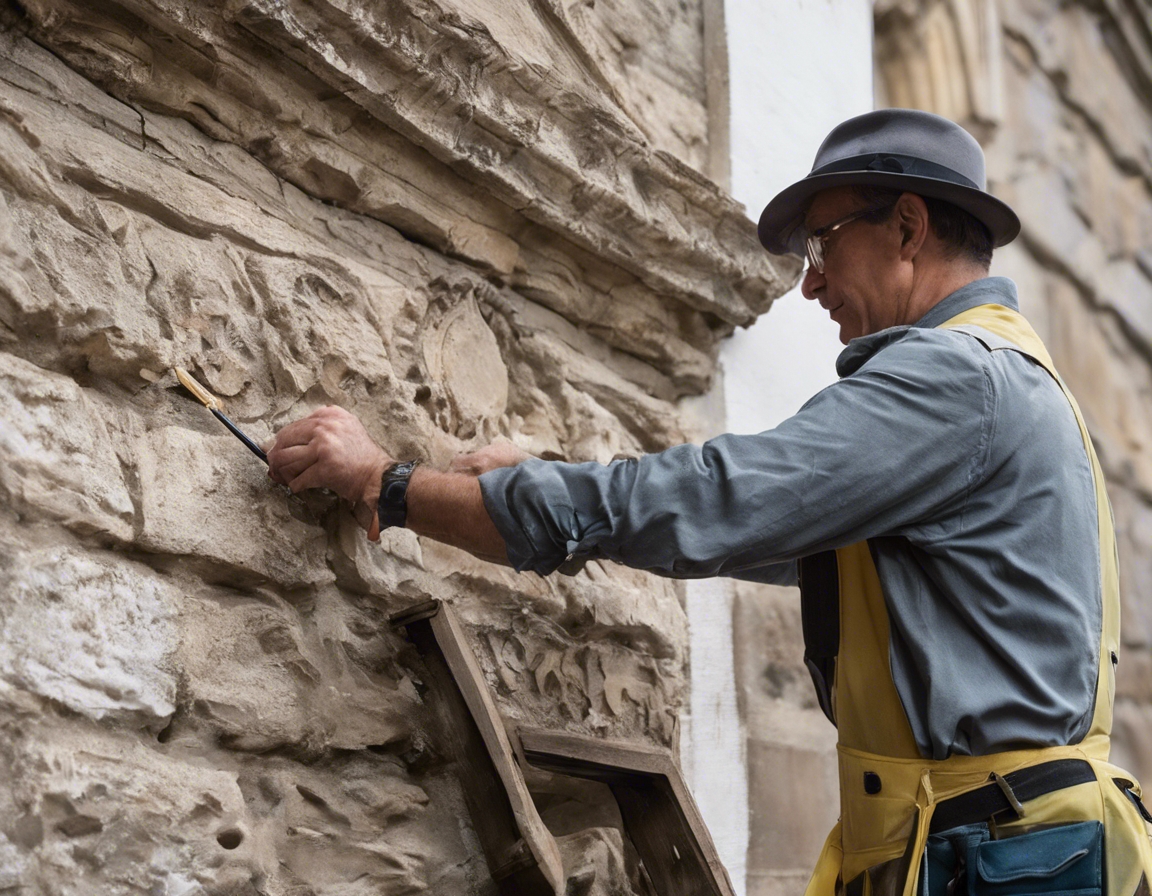5 tips for modernizing historical buildings
Modernizing historical buildings is a delicate balance between preserving the past and embracing the future. This article provides property developers, historical societies, government bodies, and private homeowners with five essential tips for updating historical structures without compromising their integrity.
Understanding the Significance of Historical Buildings
Historical buildings are not just structures; they are tangible links to our past, embodying cultural, social, and architectural significance. Preserving these buildings is crucial for maintaining the character and history of a community.
Modernizing a historical building comes with its unique set of challenges, including adhering to preservation standards, integrating modern amenities, and ensuring the building meets current safety regulations.
Tip 1: Conduct a Thorough Assessment
Before any modernization efforts, it is essential to assess the building's structural integrity. This includes examining the foundation, load-bearing walls, and overall condition of the building to ensure it can support new modifications.
Any updates should be in line with the building's historical character. This involves researching original architectural plans and using period-appropriate materials and techniques.
Tip 2: Integrate Modern Technology Respectfully
Modern electrical systems are essential for functionality and safety. Upgrading electrical installations must be done carefully to avoid damage to the building's historical elements.
Integrating smart technology can enhance the usability of historical buildings while remaining discreet and respectful to the original design.
Tip 3: Prioritize Energy Efficiency
Improving energy efficiency is crucial for sustainability. This can be achieved by adding insulation, using energy-efficient windows that mimic historical styles, and sealing any drafts.
Updating heating and cooling systems to more efficient models can significantly reduce energy consumption while maintaining the building's aesthetic.
Tip 4: Ensure Compliance with Safety Standards
Historical buildings must comply with modern fire safety standards. This may involve installing sprinkler systems, fire alarms, and ensuring proper escape routes.
Accessibility is a legal and ethical consideration. Installing ramps, elevators, and accessible restrooms should be done in a way that does not detract from the building's historical features.
Tip 5: Collaborate with Experts
Working with the right construction and restoration experts, like BALTIC BUILDING TECHNOLOGY OÜ, ensures that modernization projects are completed with the utmost respect for historical integrity.
Collaboration with local heritage bodies can provide valuable guidance and ensure that modernization efforts are in line with preservation standards.






Comments (0)